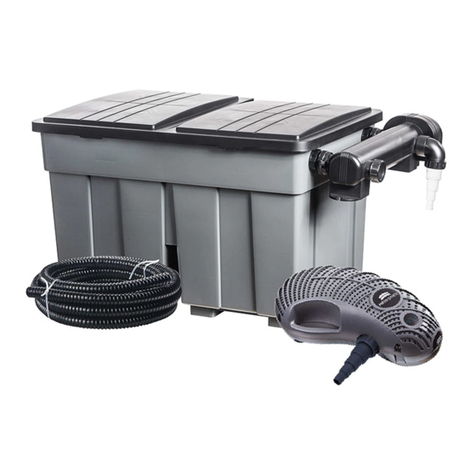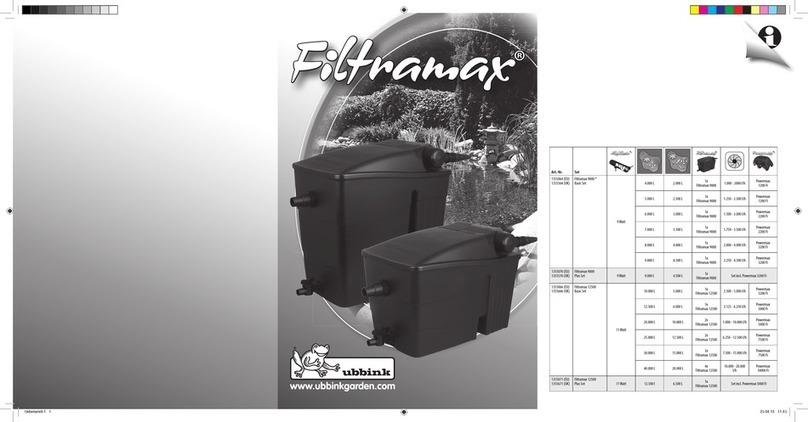Applied Membranes AAA-126UV Series Manual
Other Applied Membranes Water Filtration System manuals
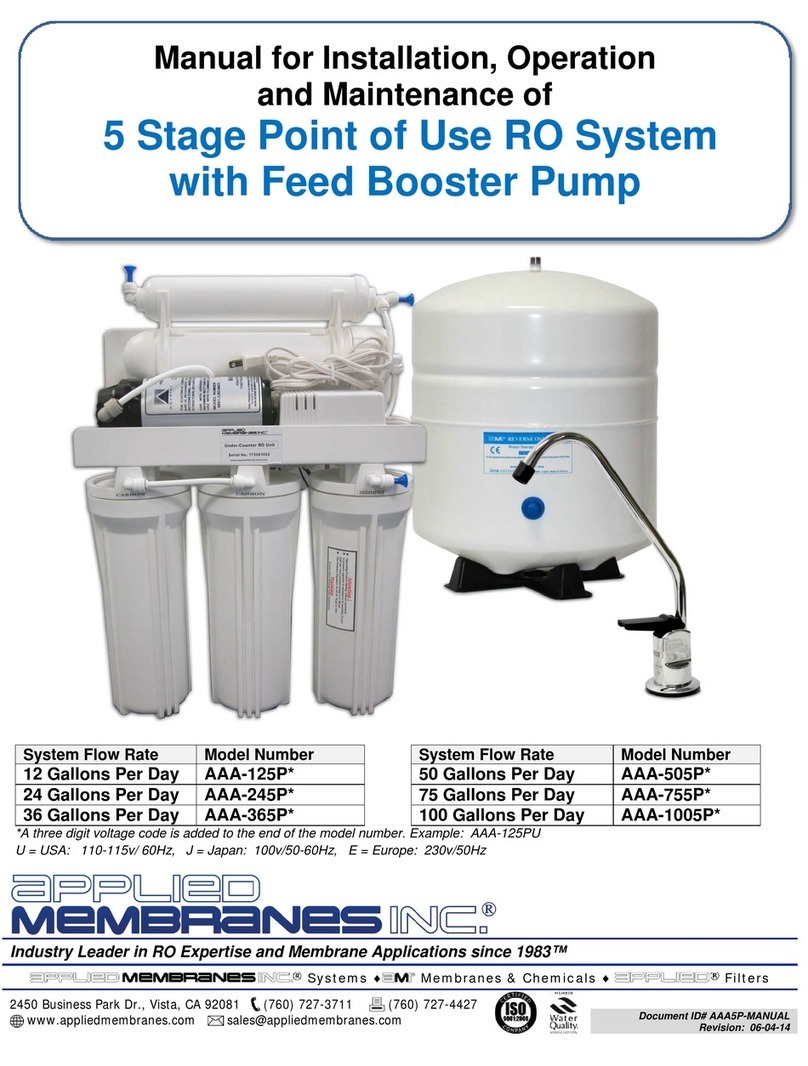
Applied Membranes
Applied Membranes AAA-125P Owner's manual
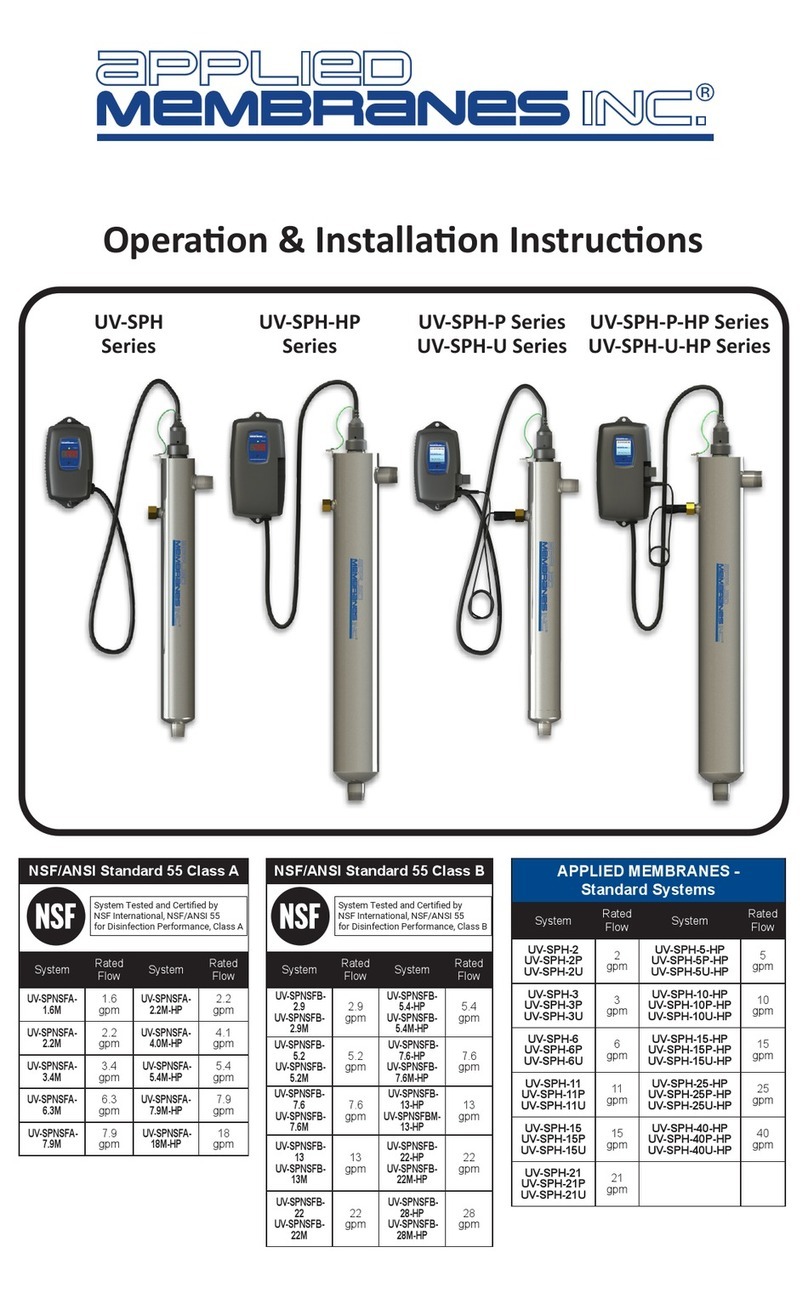
Applied Membranes
Applied Membranes UV-SPH Series User manual
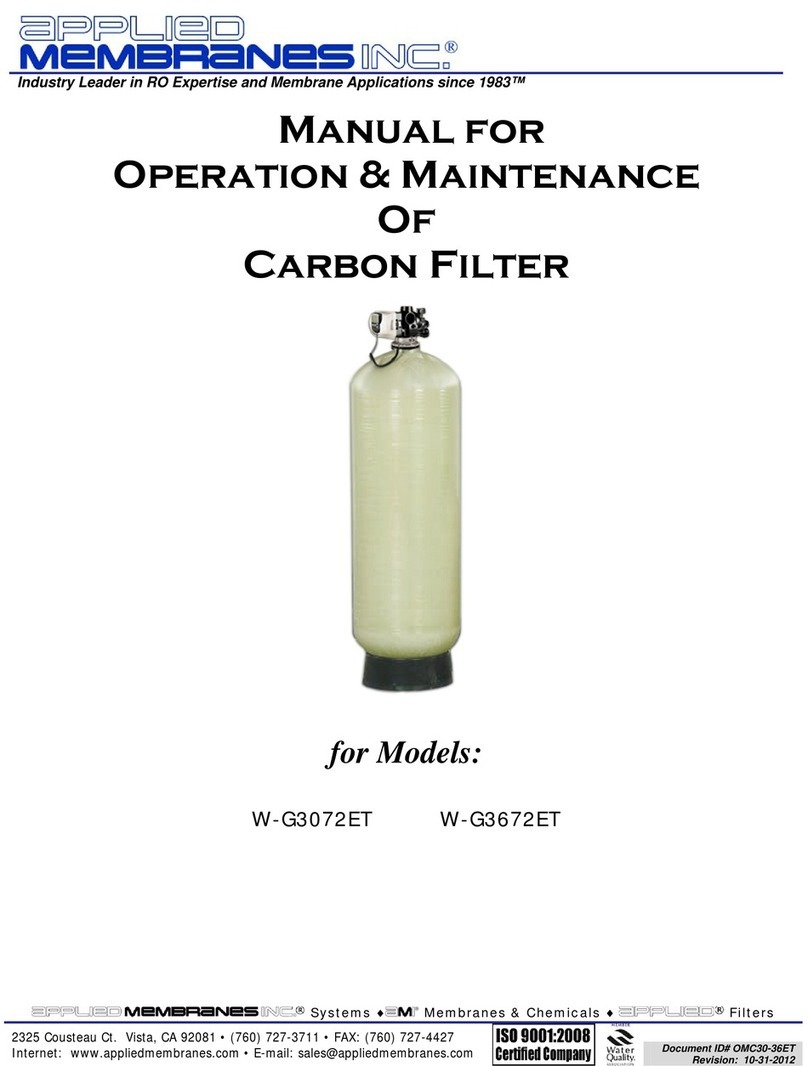
Applied Membranes
Applied Membranes W-G3072ET Manual
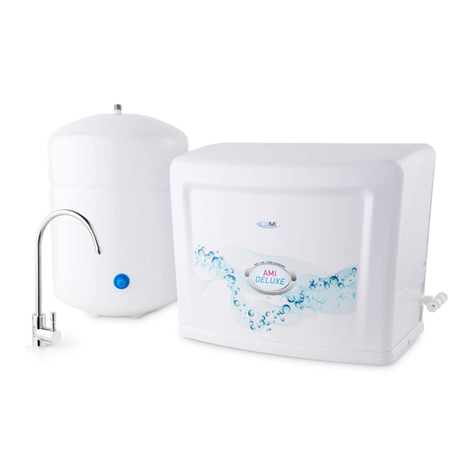
Applied Membranes
Applied Membranes AMI DELUXE Owner's manual
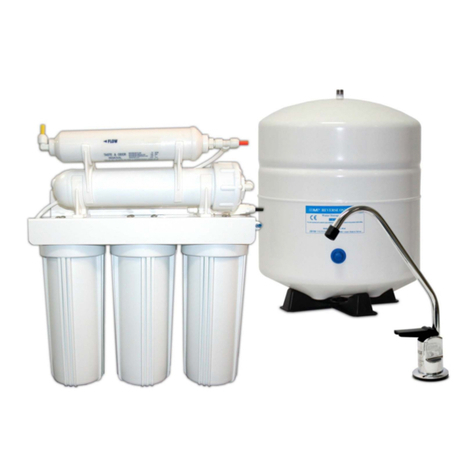
Applied Membranes
Applied Membranes AAA-125 Owner's manual
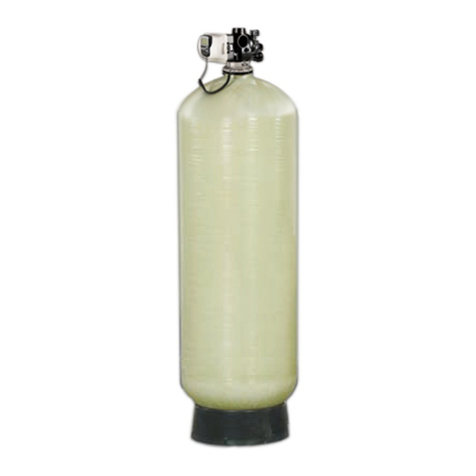
Applied Membranes
Applied Membranes W-G2162EM Instruction Manual

Applied Membranes
Applied Membranes AAA-124 Manual

Applied Membranes
Applied Membranes W-G844EM User manual
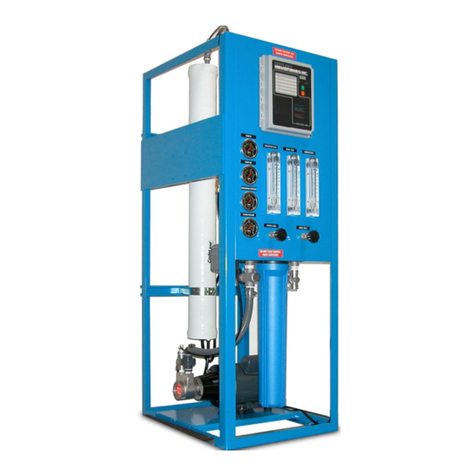
Applied Membranes
Applied Membranes L Series Manual
Popular Water Filtration System manuals by other brands

Wisy
Wisy LineAir 100 Installation and operating instructions

Schaffner
Schaffner Ecosine FN3446 Series User and installation manual

Pentair
Pentair FLECK 4600 SXT Installer manual

H2O International
H2O International H20-500 product manual

Renkforce
Renkforce 2306241 operating instructions

Neo-Pure
Neo-Pure TL3-A502 manual







